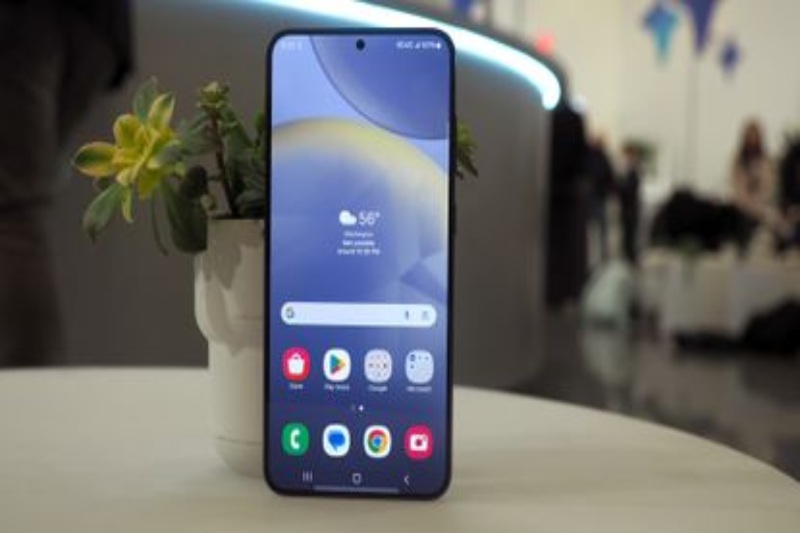With the Galaxy S24, Samsung is attempting to demonstrate that it can compete with Google and Apple in the smartphone industry. Artificial intelligence (AI) has made a full comeback on phones for the largest companies. Preorders for the new Galaxy phones open today in conjunction with the company’s Unpacked presentation.
Some significant improvements (a new Qualcomm chip, a brighter screen, and an even more sophisticated design) are being seen this year. However, AI steals the show when it comes to the new phone features, all thanks to Galaxy AI.
How does Galaxy AI work?
Galaxy AI is referred to by Samsung as a “comprehensive mobile AI experience.” The Galaxy flagship phones will now have a degree of “universal intelligence” that the firm has never provided before thanks to this new innovation. Your ability to communicate, be productive, and be creative will all be significantly improved by Galaxy AI.
What are those capacities? It’s crucial to remember that a combination of onboard and cloud computing will power each AI function. Considering the amount of processing needed for some AI-driven jobs, this shouldn’t be shocking (and no phone has yet to reach the magnitude of power required for AI to function without the support of the cloud).
Having said that, what new AI-focused features are available on the upcoming Samsung Galaxy S24? These are what they are.
Use Circle to Conduct a Google Search
This ought to significantly increase the effectiveness of your web searches. To launch a Google search without leaving the current app, you can long click the home screen button from within any application and then circle, highlight, or tap any content within the app. Using this capability with the S Pen on the Samsung Galaxy S24 Ultra is particularly fantastic.
Digital Retouching
Similar to Google Photo’s Magic Editor, Generative Edit allows you to create intricate alterations without the need for expert editing knowledge. With Samsung’s Generative Edit, you may move, resize, or erase an object in a photo by long tapping on it.
With this new editing capability, you can also use generative fill to enlarge and enhance photographs; all you have to do is crop an image in order to instruct the AI to do so.
Real-Time Interpretation
Live Translate is another function that is comparable to that of Google’s Pixel phone lineup. This gives the Galaxy S24 phone two-way real-time translation. Traveling and international travel are made easier with Live Translate’s ability to translate text and audio.
Assistance with Transcripts
Transcript Assist is available to assist with the transcription, translation, and summarization of voice memos for individuals who rely on them. The way the summaries are displayed can be altered, and since everything is done on the device, an internet connection is not needed.
Help with Chat
Chat Assist can assist you if you ever have trouble wording a message properly, whether it’s in an official or informal context. The tool offers various tonalities for the text you’re writing and shows up while you’re in a text-based service like social media, email, or messaging.


 Business4 weeks ago
Business4 weeks ago
 Health3 weeks ago
Health3 weeks ago
 Technology3 weeks ago
Technology3 weeks ago
 Sports3 weeks ago
Sports3 weeks ago
 Science3 weeks ago
Science3 weeks ago
 Business2 weeks ago
Business2 weeks ago
 Science2 weeks ago
Science2 weeks ago
 Science1 week ago
Science1 week ago













